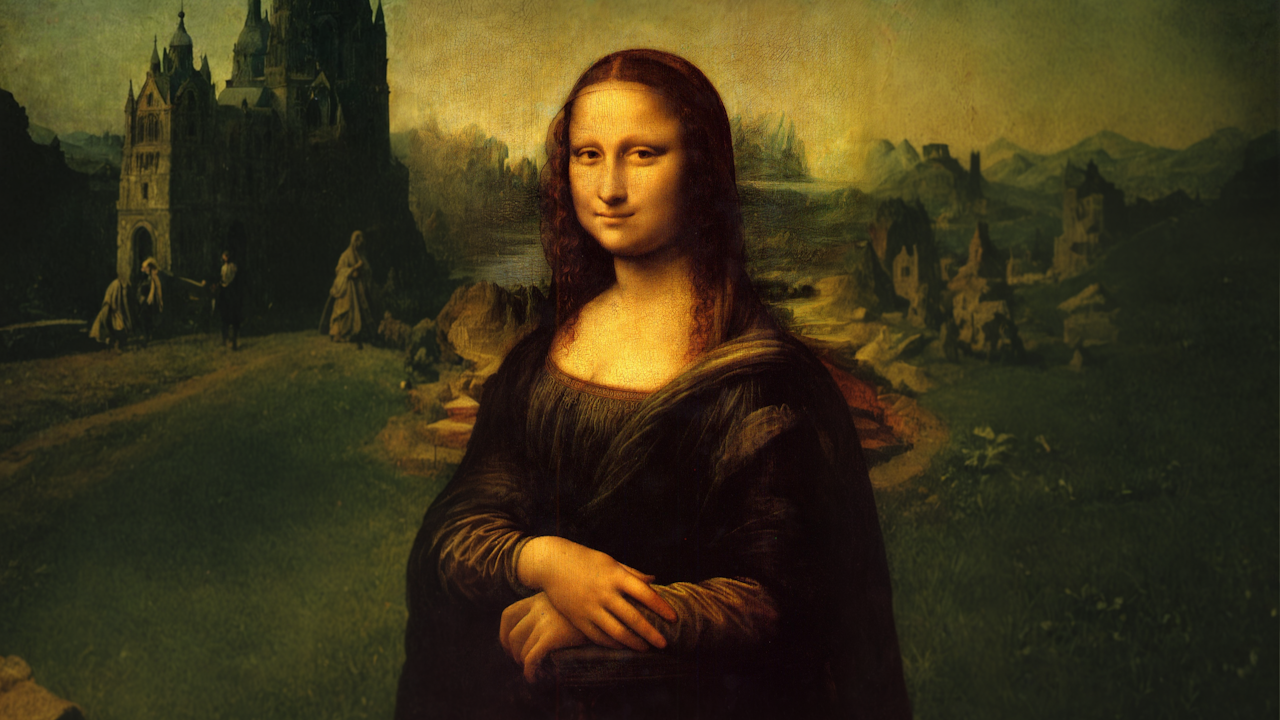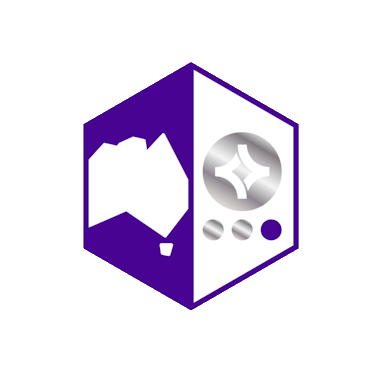In the quiet corners of artist studios and the bustling halls of tech conferences, a silent revolution is taking place. In 2024, Artificial Intelligence (AI) is not merely a tool but a new brushstroke on the canvas of creativity, reshaping everything from the conception of art to its market valuation. As the boundaries between human and machine creativity blur, the art world finds itself at a crossroads.
The Dual Nature of AI in Art
AI’s impact on art is a tale of two narratives. On one hand, it offers unprecedented opportunities. AI algorithms can analyse vast datasets, providing insights that can inspire new artistic styles and techniques. This capability allows artists to experiment with novel forms, transcending traditional boundaries. For instance, generative AI models have enabled artists to explore unique styles that were previously unimaginable, fostering a new wave of creativity (Illinois Times).
Conversely, the integration of AI into art has sparked ethical and financial concerns. A significant percentage of artists view AI-generated art as unethical, fearing that it undermines the authenticity of human creativity. Additionally, many artists worry about outdated copyright laws that fail to address the complexities of AI-generated works (Academy of Animated Art). This dichotomy presents a challenge that both artists and policymakers must navigate carefully.
AI as a Collaborative Partner
Despite these challenges, many artists are embracing AI as a collaborative partner. Rather than viewing AI as a threat, they see it as a tool that enhances their creative process. AI technologies can automate repetitive tasks, allowing artists to focus on refining their craft and exploring innovative ideas (CV Suite). This collaboration between human ingenuity and machine precision leads to artistic creations that are both novel and thought-provoking.
Moreover, AI’s ability to generate art isn’t confined to digital mediums. Artists are increasingly integrating AI into physical art forms, creating installations and sculptures that interact with viewers in real-time. This fusion of technology and art not only pushes the boundaries of artistic expression but also engages audiences in new and interactive ways (Medium).
Navigating the Future of AI Art
The art world stands at a pivotal point. As AI continues to evolve, artists and institutions alike must adapt to the changing landscape. While AI offers the potential for new creative avenues, it also poses existential challenges. Art institutions must find ways to incorporate AI while preserving the integrity of human creativity. This involves rethinking existing financial models and exploring new methods of monetisation to ensure that artists can thrive in this AI-driven era (The Art Newspaper).
In conclusion, the integration of AI into the art world is a multifaceted journey. It promises to revolutionise creativity by offering new tools and inspiration while simultaneously challenging traditional notions of authorship and value. As artists navigate this new terrain, they have the opportunity to redefine what it means to create art in the 21st century. In this dynamic interplay between human and machine, the future of art is being painted with the boldest of strokes.


